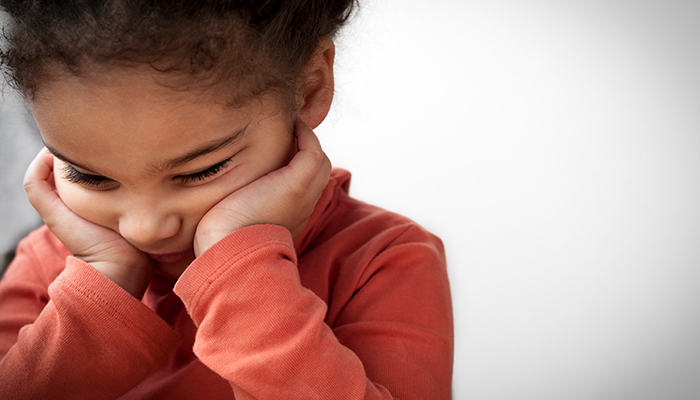Register now and start:
- Accessing PAR Training
- Shopping PAR products & tools
- Using online assessments with PARiConnect


This week's blog was contributed by Darla DeCarlo, PsyS, LMHC, PAR's regional manager–educational assessments. Darla is a certified school psychologist who spent more than 30 years providing professional services in a variety of settings.
Anxiety is not always a bad thing. In fact, our ancestors could not have survived without it. Fear and worry are aspects of the human condition that we need—to some degree—in order to survive and thrive. However, when anxiety interferes with daily activities and becomes overwhelming, it can be restraining, debilitating, and even paralyzing.
School shootings, the pandemic, increased societal violence, and a generally chaotic world have set the stage for an increase in mental health issues in children. As school psychologists and educators, we worry about the impact this has on our students—and about the subsequent impact it has on their ability to learn and succeed in school.
A recent study conducted by the Wisconsin–Minnesota Comprehensive Center (WMCC), in conjunction with the Minnesota Department of Education (MDE), confirmed what educators and administrators have been reporting in recent years: Student mental health is suffering, and anxiety is playing a large role.
Parents further confirm this. The Ann & Robert H. Lurie Children's Hospital of Chicago studied 1,000 parents from around the U.S., and what they learned was astounding: 71% of parents said the pandemic had taken a toll on their child's mental health, and 69% said the pandemic was the worst thing to happen to their child.
The increase in mental health issues among students predates the pandemic. A recent U.S. Department of Health and Human Services study showed a significant increase in reported mental health conditions in children ages 3 to 17 years between 2016 and 2020. During this time, anxiety diagnoses in this age group grew by 29% and depression diagnoses increased by 27%.
Every child is unique, so responses to stressful situations vary from child to child. Perception also differs from child to child, so what one sees as unmanageable another may see as a challenge.
Keep in mind, these signs and symptoms are not only associated with anxiety. We might see these same symptoms for completely unrelated reasons.
Physical
Emotional
Behavioral
PAR offers a variety of assessment products to address anxiety throughout the life span. Learn more.